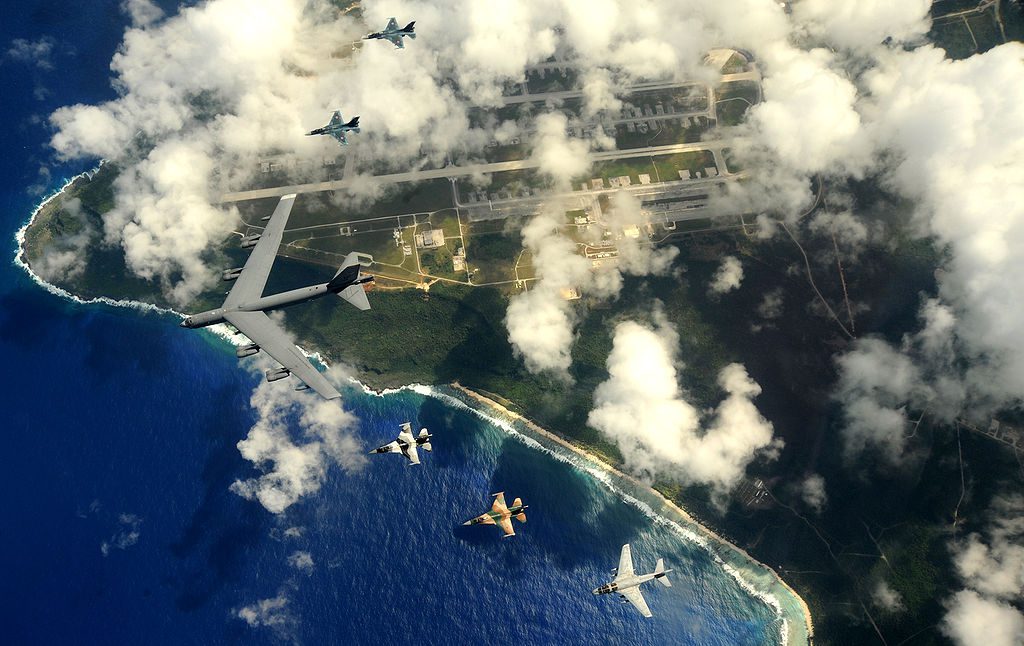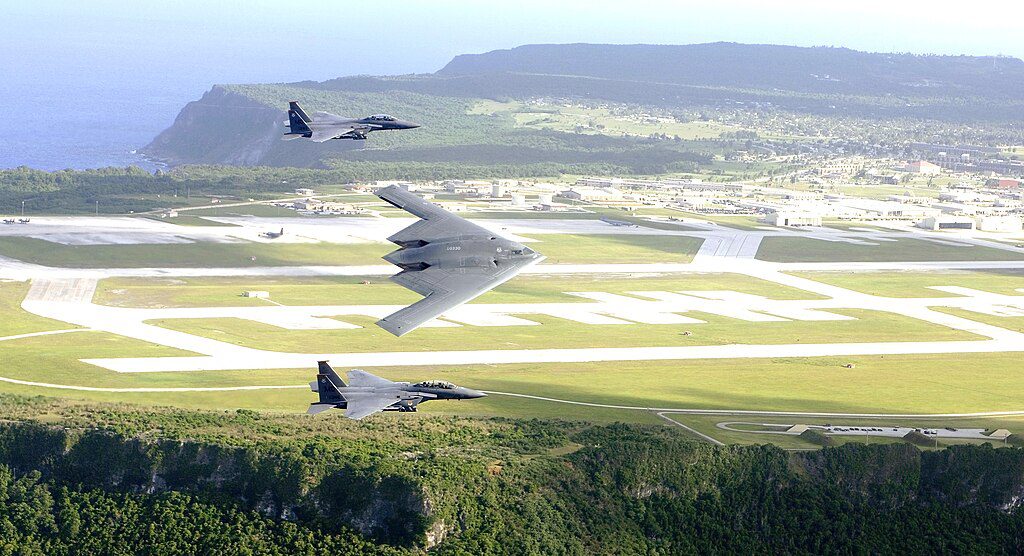
Have you ever heard of a place called Guam? Guam is the unsinkable aircraft carrier of the United States that holds the key to security in the Pacific. You may be a defense industry buff or a history buff. It doesn’t matter. Guam is sure to be more gripping for you than the finale of Breaking Bad. The forces that protect the skies of the Pacific are stationed in Guam. We call them the Guam’s Guardians. So how ready are these sky guardians? Are they strong enough to protect the peace and our interests? Let’s get going.
A Quick Trip Back in Time (No Delorean Needed)
Guam’s strategic importance isn’t a new fad. This island has been a pivotal U.S मैक or US (U.S.) stronghold since the early 20th century, though it briefly had uninvited guests during World War II. Andersen Air Force Base, the main stage for Air Force operations, was carved out of the jungle during those intense WWII days. Originally North Field, it was built for the mighty B-29 Superfortresses to, let’s say, deliver strong messages to Japan. Renamed in 1949 to honor Brigadier General James Roy Andersen, a Pacific hero, the base has since been a silent (and sometimes very loud) sentinel. From supporting operations in Korea and Vietnam to being a critical logistics hub for the Gulf War, Andersen AFB has seen more action than a Hollywood stunt double.
So, How Beefed Up Are Guam’s Guardians Today?
Fast forward to 2025, and Andersen Air Force Base is more than just a historical landmark; it’s a beehive of activity. Hosted by the Guam’s Guardians 36th Wing, the base isn’t just about having cool jets—though they have plenty of those, with frequent rotations of bombers, fighters, and tankers. Think of the 36th Wing as the ultimate host, ensuring everyone and everything is ready to roll. They support deployed air and space forces, various tenant units (like combat communications and security forces – the folks who make sure nobody unplugs the Wi-Fi during a critical mission), and even our international pals.
In terms of strength, imagine an “unsinkable aircraft carrier” (as it’s often called) packed with advanced technology, massive fuel and munitions storage, and two long runways that basically say, “Bring it on!” The Air Force in Guam isn’t just sitting pretty; they’re constantly training. Exercises like “Cope North” see U.S. jets flying wing-to-wing with allies like Japan and Australia, practicing complex scenarios. It’s like the Olympics for air combat, but with much higher stakes and, presumably, better snacks.

Ready, Set, Deter!
Now for the big question: Are Guam’s Guardians ready? The general’s radio statement, as it recently was, will of course be “of course!” You can’t expect a tough soldier to be otherwise. The general emphasized that the Air Force on Guam has “never been more ready for a fight.” This is more than just a fancy speech, it’s a strategic stance. The stronger you are, the more peaceful you live. If you want to protect your home from thieves, you should have a big, loud, and fierce guard dog. Right?
Being ready for war is not the goal. Of course, it’s the means to an end. Government Accountability Office reports sometimes highlight areas where improvements are ongoing across the Department of Defense. But the focus on Guam is clearly on sharpening that “tip of the spear.” The forces on Guam operate as part of the Regular Bomber Task Force. They are determined to fight at long range in the Pacific and Indian oceans. It’s not just about looking strong; it’s about being able to respond to any challenge at any time.
Guam’s Guardians: Peace Through Strength.
So, the U.S. Air Force on Guam appears to be in pretty good shape. Here’s the gist. Would you read the full story? The forces on Guam have a keen sense of their history, their equipment, their skilled personnel. Even if defenses are never perfect (that’s what those of us in the defense industry are busy with, right?), the forces on Guam undoubtedly grin and intimidate their enemies. As the region’s most powerful military, Guam’s Guardians remain a symbol of the United States’ deeply ingrained culture in the region. They are the guardians on the wall. Their powerful presence means that the only cry from the Pacific comes from poorly dubbed soap operas. And that, in itself, is a pretty good mission accomplished.





